
7 spring bulbs with white flowers
For a bright start to the season
Contents
Planted in autumn, spring bulbs bloom in the garden from the end of winter to the early days of summer. They are easily planted in borders or the lawn and return each year, marking the arrival of warmer days. In spring, when it’s hard to know where to look among the vibrant colours in the garden, white flowers offer a refreshing simplicity. Discover our selection of 7 favourite spring bulbs with white flowers, to be planted in groups or scattered among perennials and bushes, for charming effects.
Double Snowdrop 'Flore Pleno': early
Snowdrops or Galanthus are among the first flowers to appear in spring, their small white bells emerging from January to March, even under a blanket of snow. A small vigorous bulbous plant, the double snowdrop Galanthus nivalis ‘Flore Pleno’ is a very pretty variety with double flowers and a pale green edge. It forms a lovely tuft of ribbon-like leaves about fifteen centimetres tall in winter, from which the flower stems emerge. The pure white, frilled flowers marked with green, droop towards the ground and are slightly fragrant and melliferous. The foliage yellows and then disappears by late spring.
The variety ‘Flore Pleno’ multiplies by producing numerous bulblets and naturalises easily and quickly in the garden. Plant this snowdrop before December at the edge of borders, in light woodland, in a shrub bed, or in a cool rockery, to create beautiful fresh and delicate atmospheres. It can also be placed in a container, combined with other early bulbs.
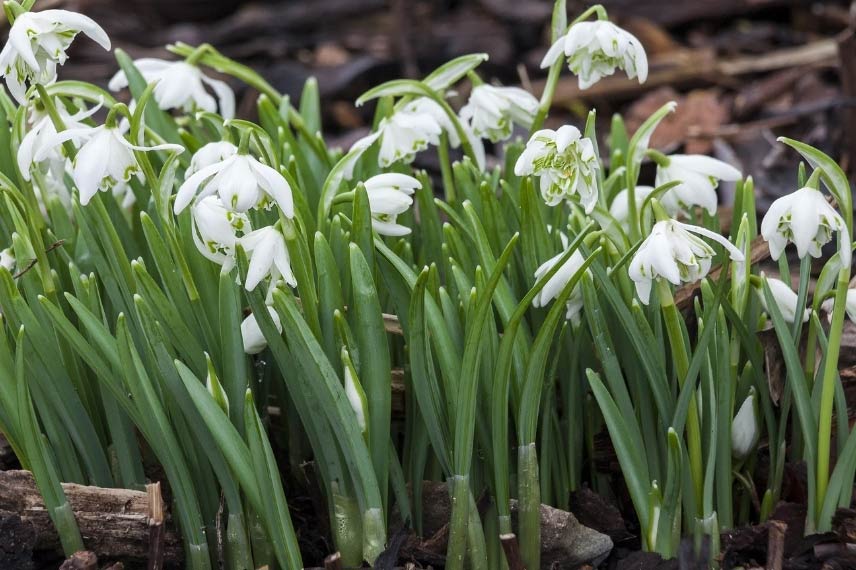
Double snowdrop ‘Flore Pleno’
→ To learn more, check out our article: “Snowdrop, Galanthus nivalis: planting and care” and our tutorial: “How to propagate snowdrops?
Read also
Bulb sizes: how to choose?The double dentate tulip 'Snow Crystal': a rare elegance
The double fringed tulip Tulipa crispa ‘Snow Crystal’ is a very elegant flower, standing tall towards the sky atop a sturdy stem. It captivates with the elegance of its white colour edged with soft green variegated outer petals and the delicacy of its double, rounded shape with finely fringed edges. It blooms in May, towards the end of the tulip season, on strong, short stems.
An easy-to-grow bulbous plant that is low-maintenance, it should be planted in autumn, in full sun and well-draining soil, to enliven perennial and bush borders. You can also grow it in pots to fully enjoy its magnificent and elegant flowering, pairing it with other spring bulbs. Remember to cut a few flowering stems to create lovely spring bouquets to scatter around the home.

Double fringed tulip ‘Snow Crystal’
→ To learn more, check out our articles: Tulips: planting, growing, and care and How to make my tulips bloom again?
Discover other Spring bulbs
View all →Available in 1 sizes
Available in 1 sizes
Available in 1 sizes
Available in 1 sizes
Available in 1 sizes
Available in 1 sizes
Available in 1 sizes
Available in 3 sizes
Available in 1 sizes
Available in 1 sizes
Narcissus 'Rose of May': fragrant
Flowering in May, the Narcissus ‘Rose of May’ is an old variety with late flowering. It also stands out from other Narcissi due to the shape of its flowers, which are very double, with an ivory-white colour and a turbinate centre (shaped like a top or cone). Charming and delightfully fragrant, they evoke the flowers of gardenia by their shape and scent. The stout stems of 40 cm in height when in flower of Narcissus ‘Rose of May’, sometimes called Double Jonquil, arise from deciduous, linear foliage that disappears in summer.
Low-maintenance, Narcissus ‘Rose of May’ is planted from September to mid-December in any well-drained, loose soil. Leave it undisturbed, and it will naturalise to produce more and more flowers each year.
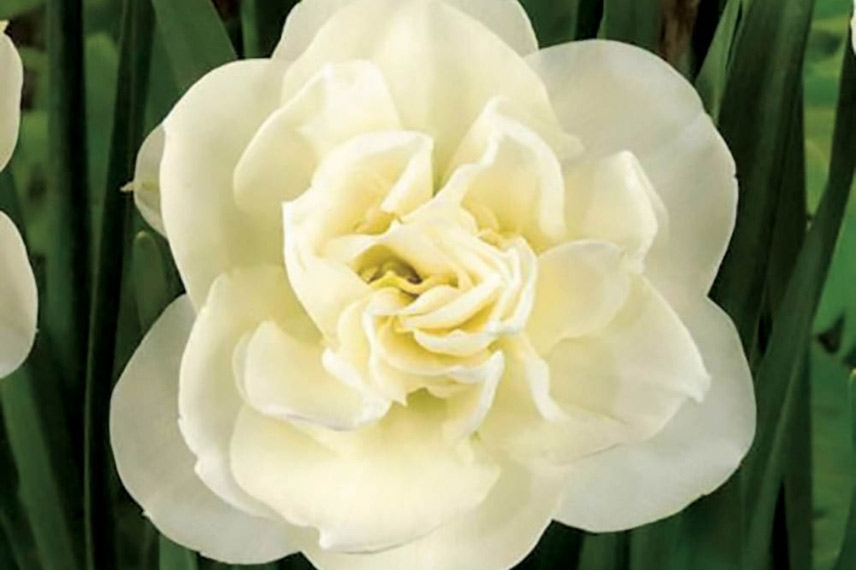
Narcissus ‘Rose of May’
→ To learn more, check out our articles: “Daffodils or Jonquils: planting, growing, and care” and 6 highly scented varieties of Narcissus.
Eremurus robustus or desert Lily: an exotic appearance
Despite their exotic appearance, Eremurus, also known as Foxtail lilies, are hardy spring bulb plants. The Eremurus robustus, a botanical species native to Central Asia, is the largest in the genus. It produces tall floral spikes of delicately pink-tinged white flowers reaching over 2.5 m from the ground in May-June, emerging from a broad rosette of leaves up to 70 cm in diameter. These ribbon-like, flexible leaves, measuring 50 to 60 cm long, are a light grey-green and dry quite quickly during flowering.
This beautiful and spectacular plant should be placed at the back of a border or in front of tall bushes to awaken spring with its whiteness. Provide it with a sunny location and fertile, well-drained, dry soil.

Eremurus robustus
→ To learn more, check out our article: “Eremurus: planting and care.
Iris reticulata 'White Caucasus': easy and bright
Precocious, the Iris reticulata delights the end of winter with its bright and vibrant flowerings. The Iris reticulata ‘White Caucasus’ stands out with its immaculate white colour, enhanced by a golden yellow band at the centre of the sepals. Very bright and fresh, these lightly scented flowers, measuring 8 to 10 cm across, appear from February and continue into March. The foliage emerges after flowering and forms a clump about twenty centimetres high, composed of narrow, stiff leaves.
A small, perfectly hardy bulb, easy to grow and requiring almost no maintenance, the ‘White Caucasus’ reticulate iris will happily take its place in a sunny spot with well-drained soil where it will easily naturalise. Perfect for the edge of a border or in a rockery, it can also add a touch of elegance and freshness to a flowering pot on a terrace or balcony.
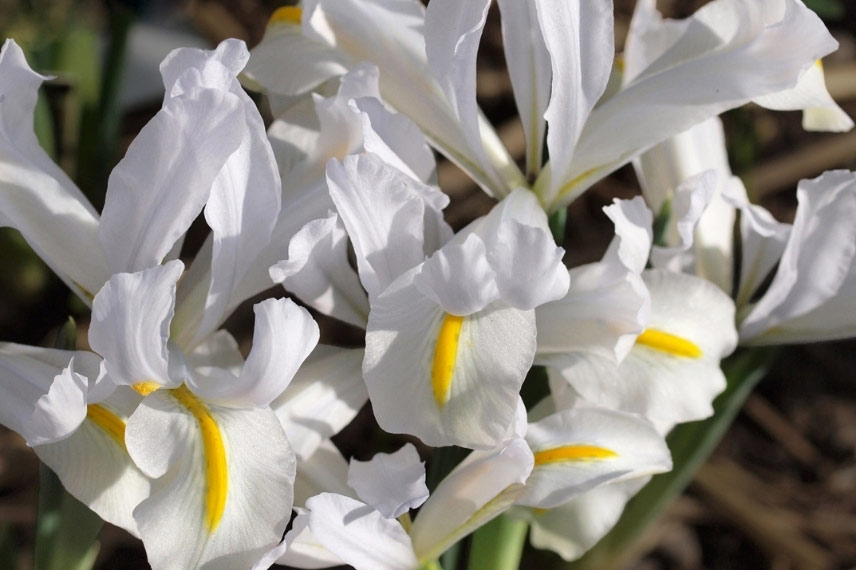
Iris reticulata ‘White Caucasus’
→ To learn more, check out our articles: “Iris reticulata: plant and grow“, “Planting Iris reticulata in the ground, and “Growing Iris reticulata in pots.
Ranunculus asiaticus 'White' or double white Asian buttercup: for lovely cut flower arrangements
A small perennial bulbous plant, the Florist’s Ranunculus, also known as Asian Ranunculus or Garden Ranunculus, is native to the eastern Mediterranean; it retains a sensitivity to cold, suffering from temperatures below -10 °C. The double white Ranunculus asiaticus ‘White’ produces in May-June a profusion of very double round white flowers: each bulb can yield up to 10 large flowers with pure white petals, measuring 3 to 5 cm in diameter. Its deciduous foliage forms rosettes of leaves 10 to 15 cm long, bright green, divided into three deep lobes. At maturity, this Asian ranunculus can reach a height of 35 cm.
Plant in autumn in partial shade or full sun its small elongated tubercles grouped in claws: in perennial beds with cool soil or in flowering pots to be sheltered in regions with harsh winters. Its flowers last up to 3 weeks in a vase!
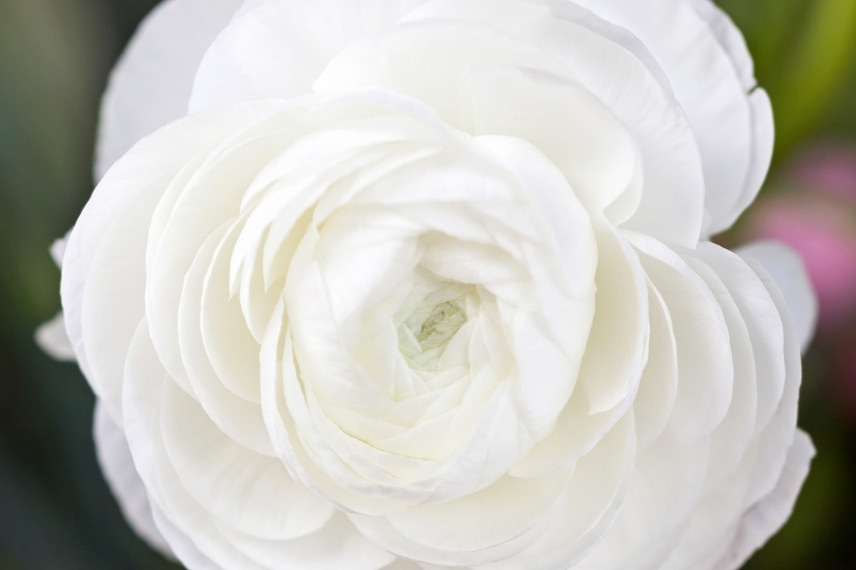
Ranunculus asiaticus ‘White’
→ To learn more, check out our article: “Florist’s Ranunculus: planting, growing, care, and use.
Camassia leichtlinii 'Semiplena' or Indian Hyacinth: graphic spikes
Perennial bulbous plant with a bushy habit, the Camassia leichtlinii ‘Semiplena’ showcases an exceptional flowering display from May to June, featuring graphic spikes of around thirty double starry cream-white flowers, lovely in cut flower arrangements. The spikes can reach up to 50 cm in length, and at ripeness, this Camassia grows over 1 m tall. Its linear, bright green leaves form a tuft from which the flower stems emerge.
Native to the north-western United States, it is a very hardy plant that should be planted in autumn in borders or rockeries, or even in pots to brighten up terraces and balconies. Position the Camassia leichtlinii in full sun or partial shade, in fertile, humus-bearing, well-drained soil to prevent rot. The camassia naturalises very well, and its flower stems make beautiful bouquets.
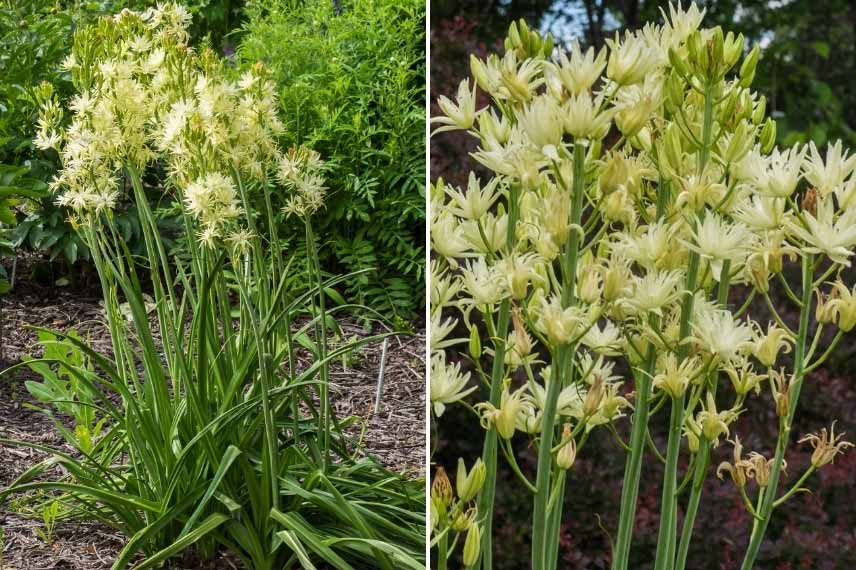
Camassia leichtlinii ‘Semiplena’
- Subscribe!
- Contents
































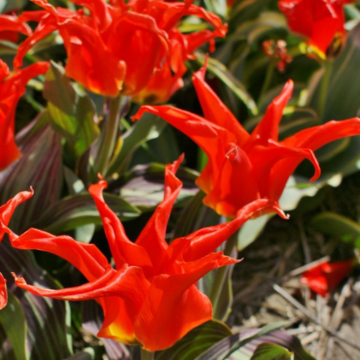
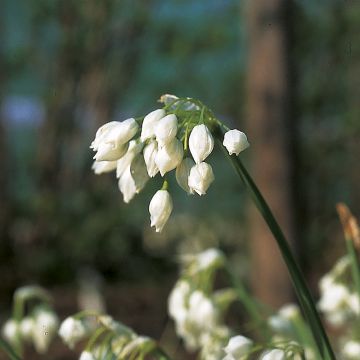
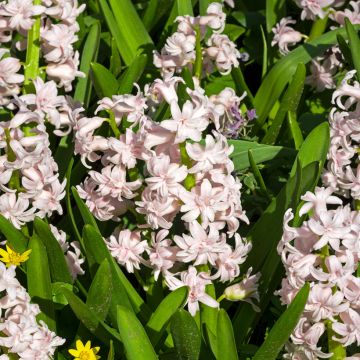
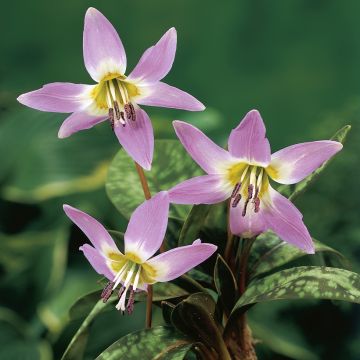
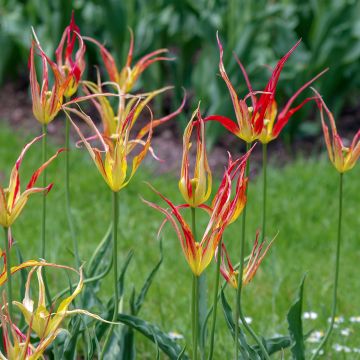

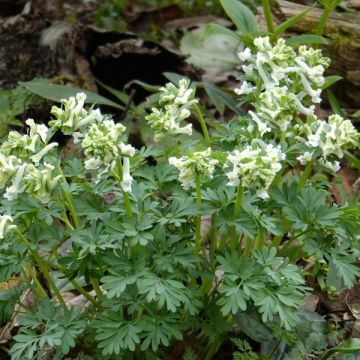
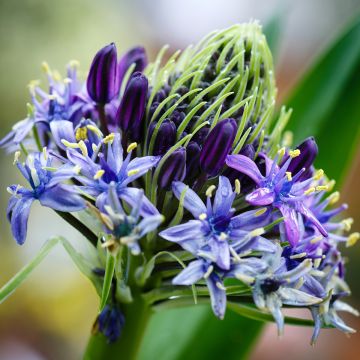
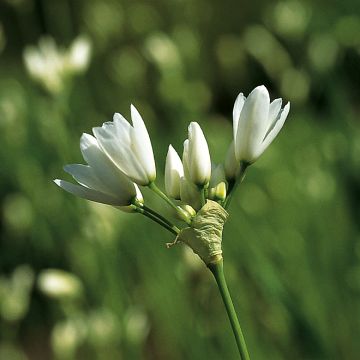
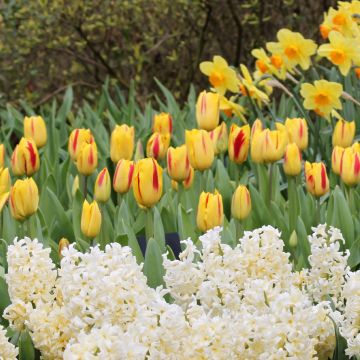
Comments